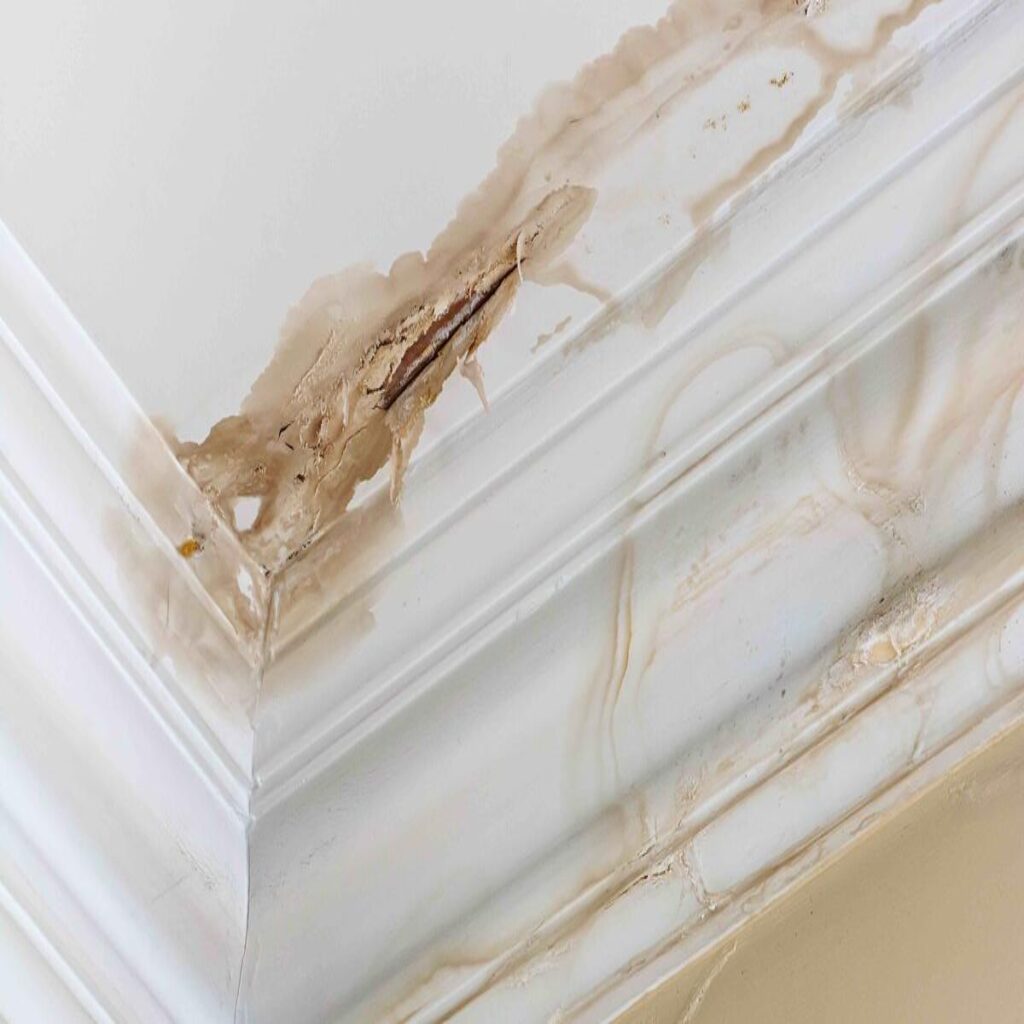Water damage is one of the most common and costly issues faced by homeowners. Whether you’re a new homeowner or someone who has lived in their property for years, taking proactive measures to prevent water damage is crucial for protecting your investment and ensuring your home stays safe and livable.
It’s not always the dramatic storms or floods that wreak havoc – minor leaks, improper drainage, and inadequate maintenance can quietly lead to significant damage over time. The good news is, with preventive care and regular checks, you can mitigate the risk of water damage in your home.
Here’s a comprehensive guide to help homeowners and new home buyers safeguard their properties from water-related issues.

Why Preventing Water Damage Matters
Water damage doesn’t just hurt your property value – it can also lead to structural issues, mold growth, and unhealthy living conditions. Addressing potential problems costs far less than repairing extensive damage after it has occurred. Taking these preventative steps ensures that your home stays safe, comfortable, and maintains its value.
Steps to Prevent Water Damage in Your Home
1. Inspect and Maintain Your Roof
Your roof is your home’s first line of defense against water intrusion.
- Regular Inspections: Look for missing shingles, damaged flashing, and any signs of wear and tear. It’s a good idea to check after heavy storms.
- Clean Gutters and Downspouts: Clogged gutters can cause water to pool and seep into your home’s foundation or walls. Clean them at least twice a year, especially after fall when leaves accumulate.
- Repair Immediately: Any visible damage should be fixed right away to prevent worsening conditions.
2. Ensure Proper Drainage
Poor drainage can lead to foundation damage and basement leaks.
- Grade Your Yard: The soil around your house should slope away from your home to direct water away from the foundation.
- Install or Maintain a French Drain: These systems are effective in diverting water from your property and keeping the foundation dry.
3. Check Windows and Doors
Poorly sealed windows and doors are common entry points for water.
- Inspect and Replace Weather Stripping: Ensure that your windows and doors are completely sealed to block out rainwater.
- Use Caulk for Gaps: Any gaps or cracks around windows and door frames should be sealed with durable caulk and checked regularly.
4. Prevent Pipe Leaks and Bursts
Water damage is often caused by plumbing issues.
- Regularly Inspect Pipes: Look for any visible leaks, corrosion, or wear in your pipes.
- Monitor Water Pressure: High water pressure can lead to pipe damage. Ideally, your water pressure should be between 40–60 psi.
- Prepare for Winter: Insulate pipes to prevent freezing and bursting during colder months.

5. Install a Sump Pump
For homes with basements, a sump pump is an effective tool.
- How It Works: A sump pump collects water that accumulates in your basement and pumps it away from your home to prevent flooding.
- Routine Maintenance: Test your sump pump regularly, ensure it’s functioning correctly, and keep a battery backup in case of power outages.
6. Invest in Water Detection Devices
Technology can now help prevent and minimize water damage.
- Water Sensors: These devices alert you as soon as they detect excess moisture or leaks. They are especially useful around water heaters, under sinks, and in your basement.
- Smart Water Shut-Off Valves: Some advanced systems will automatically turn off your water supply when a leak is detected.
7. Keep Your Foundation in Good Shape
A strong foundation is crucial for water damage prevention.
- Seal Foundation Cracks: Check your foundation for cracks and seal them with an appropriate water-resistant material.
- Install a Vapor Barrier: If you have a crawl space, a vapor barrier can prevent water from seeping up into your home.
8. Maintain Your HVAC System
Air conditioners and heaters can also be sources of water issues.
- Clean Drain Lines: HVAC systems produce condensate, which must be drained properly. Clear any clogs in the drain lines regularly.
- Check for Leaks: Ensure there are no leaks or excess moisture around HVAC units.
9. Be Prepared for Severe Weather
While daily maintenance goes a long way, being prepared for heavy rains and storms can prevent catastrophic damage.
- Install Storm Drains: These systems help direct heavy rainwater away from your property during storms.
- Use Window Well Covers: Protect basement windows with sturdy, waterproof covers to prevent rainwater flooding.
10. Understand Your Homeowners Insurance Policy
Many homeowners mistakenly assume their insurance covers all water damage.
- Review Your Policy: Confirm what types of water damage are covered under your policy. Issues from gradual wear or flooding may not be included.
- Consider Additional Coverage: Flood insurance or water backup coverage can be worthwhile if you live in a high-risk area or have a finished basement.
The Benefits of Being Proactive
By implementing these preventive measures, homeowners can avoid costly repairs, maintain a safe living space, and protect the overall value of their property. Prevention may require effort, but the peace of mind it brings is priceless.
Reduce Your Risks Today
Preventing water damage isn’t just about protecting your property; it’s about creating a haven for you and your family. By taking these steps today, you’ll safeguard your home for years to come.
If you’re ready to take your prevention strategy a step further, consider consulting with an expert to assess your home’s vulnerabilities and develop a tailored plan to enhance its resilience.
Have additional questions or need professional assistance? Reach out to us today.




